A photographer visits the elderly residents of the Paris region’s futuristic housing projects.
This is what the future used to look like. The Grands Ensembles, France’s answer to an increasingly urban population in the postwar years, were designed to meet all the comfort needs of modern man. The material of choice was concrete, the architecture was grandiose, and the mood was utopian. Decades later, many consider these massive housing projects failed experiments that reinforced social inequalities. For photographer Laurent Kronental, though, it’s more complicated than that. He visited dozens of Grands Ensembles in the Paris region to meet those who were there when the towers went up and the future looked very different. He spoke with R&K from Paris.
Roads & Kingdoms: What is the hardest part about working on this project?
Laurent Kronental: First, it’s discovering the neighborhood. Not all Grands Ensembles are the same. For example, Montigny Bretonneux, where you have the arcades on the lake, is very calm and quiet. At the Damiers, near where I live, it’s the same; you can take photos on your own without a problem. But if you go to Noisy-Le-Grand or Nanterre, you’re better off being with someone from there so that your presence isn’t suspicious. So that’s the first thing, discovering the neighborhood and contacting its residents. The second thing is meeting the seniors, which is even harder because it’s hard to go up to someone who’s 80 years old in the street. They’re very wary. On top of that, I look for people who have a specific appearance, which limits my choice. I look for people who move me, in their walk, in their face, in what they exude. And the third thing is to find new viewpoints in these neighborhoods. It’s really important for me to find something that’s new and that’s different, so I have to go into people’s homes, on their balconies, and on their roofs.
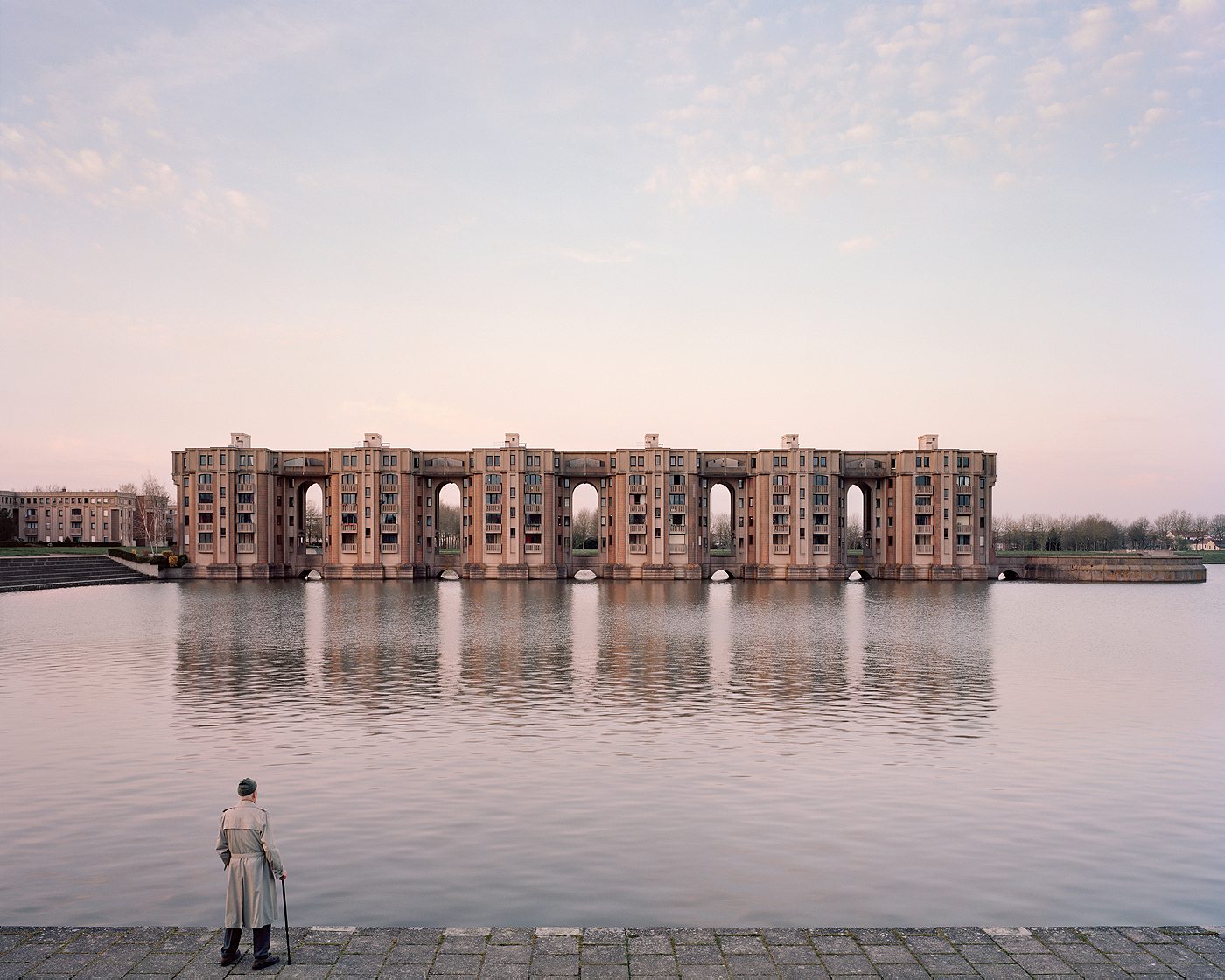
R&K: Did you ever consider photographing other residents besides the seniors?
Kronental: Well, my topic from the very beginning was never the Grands Ensembles. It was the seniors. The Grands Ensembles came as the environment that encapsulates the story and that generates a reflection on the idea of time, and the idea of getting old. So it’s not as if I had gone there and asked myself: OK, who do I photograph here? No, it didn’t happen that way. I was interested in telling stories around this generation, and at the same time, I developed a passion for this type of architecture. Both things existed side by side until I put them together in this project, which is about the alienation of these neighborhoods as well as these seniors in our society. But I think it would have been just as difficult to photograph young people. It just wasn’t my topic.
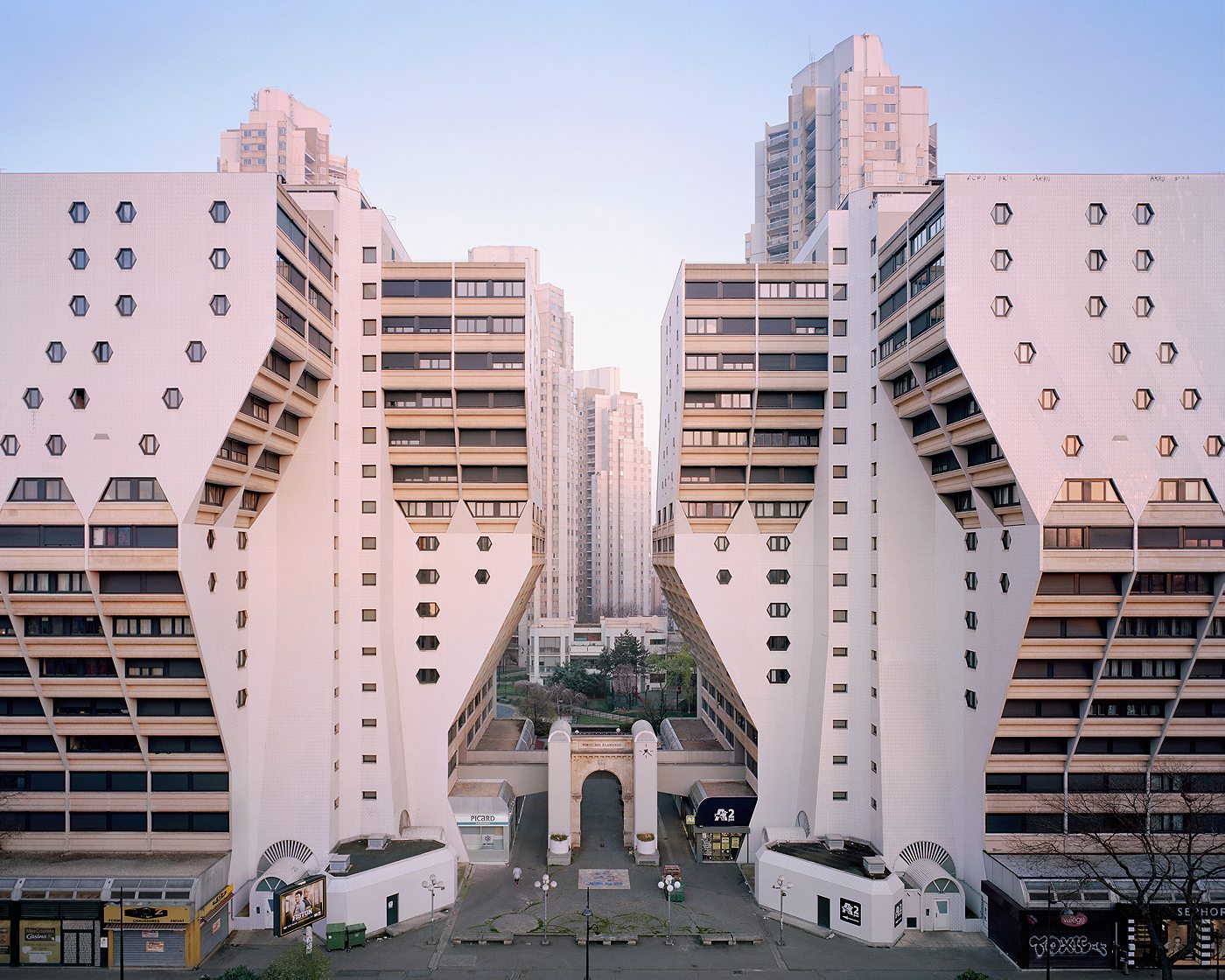
R&K: It all started when you met one elderly couple near La Defense, the business district of Paris.
Kronental: Yes, that’s right. In Courbevoie there’s a place that looks like the countryside at the feet of towers. It’s very weird, just a small dirt road surrounded by skyscrapers. When I saw the contrast of generations that exists there, between this elderly couple and the buildings of La Defense, I thought there was something to do photographically—not only on the elderly, because in that case I could have gone to retirement homes for example, but something a bit different. To my knowledge, there hadn’t been a project that mixed these two universes yet, so I thought there was something to do.
R&K: What do you find interesting about the elderly?
Kronental: I don’t have grandparents anymore, but when I still had my grandmother, I often thought about how her memories and her history would disappear with her. I thought it was important to move seniors back to the center of the picture. We are so used to putting them to the side and not give them a role in society. It’s not because they’re 80 years old that they have no purpose. One of my goals was to make people think about the place seniors take up in our society.
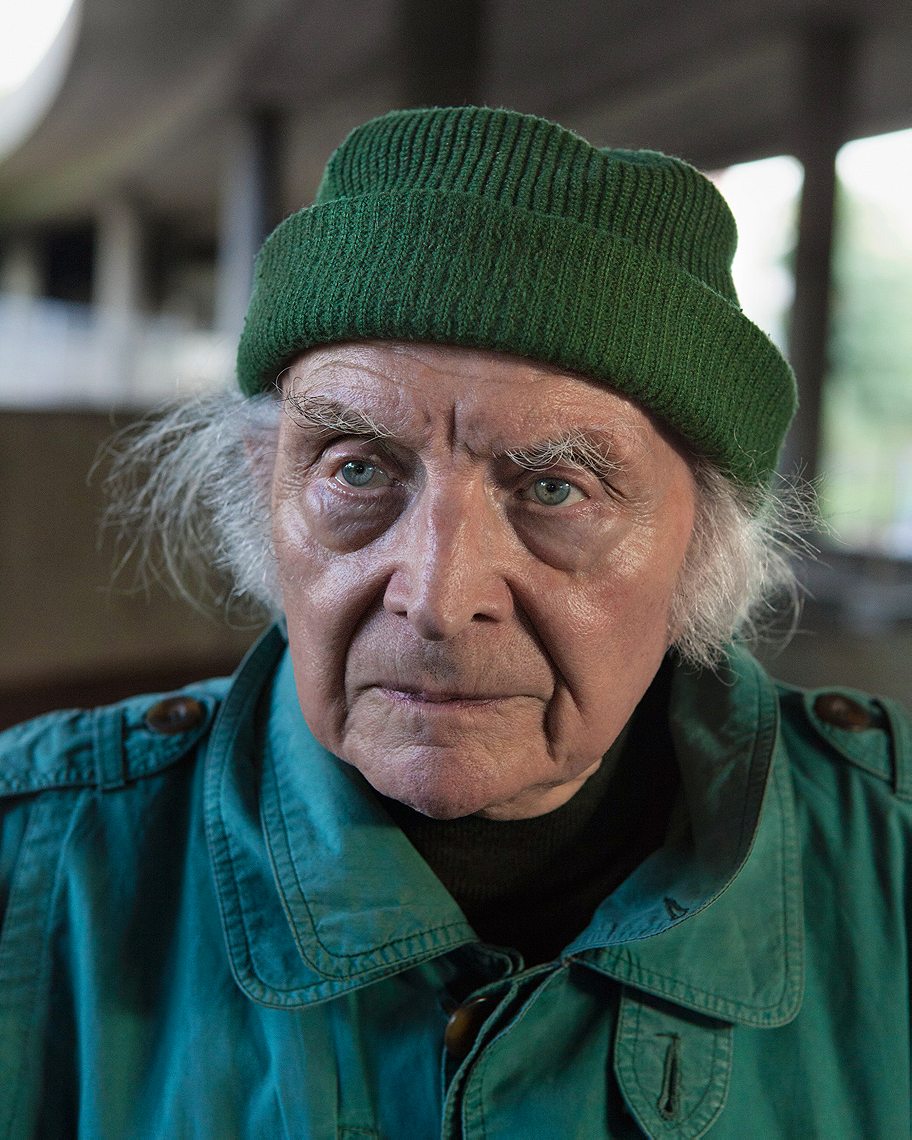
R&K: And how did you meet them exactly?
Kronental: I met the majority of them in the street after coming by dozens of times. And I did get rejected a lot. In the end, the people who accepted have a couple of things in common. They are both open-minded and not very surrounded. Very often, they aren’t married or don’t have children, so perhaps they need to share more than others. And they all have a certain youthfulness. When I talk to this one guy, who is 93 years old, I feel like I’m talking to someone who’s my age. He tells me: “my spirit is young, it’s only my body that’s growing old.” It’s really interesting because when I show them the photos and they see themselves, they’re surprised at their appearance. You don’t see the passing of time.
I had the feeling of leaving one world for another
R&K: How did it make you feel to spend this much time with people who were three, four times your age?
Kronental: When I would go home after photographing them, I had the feeling of leaving one world for another. There would be a long phase before I made any pictures where I had to create trust by spending time with them and going to their house. We would talk about things that had nothing to do with the project because I was genuinely interested in knowing who they were. When I was there, I felt like I was in another time period. Outside, it was also interesting to see them interact with these monumental structures. The contrast is very jarring. On a human level, it has really taught me a lot, and it continues to. I feel a certain tenderness for these men and women who could be my grandparents. I see their strength, as well as the fragility that comes from aging. And it’s in this duality that I wanted to photograph them, in postures that are both solid and melancholy, that say: we are still here.
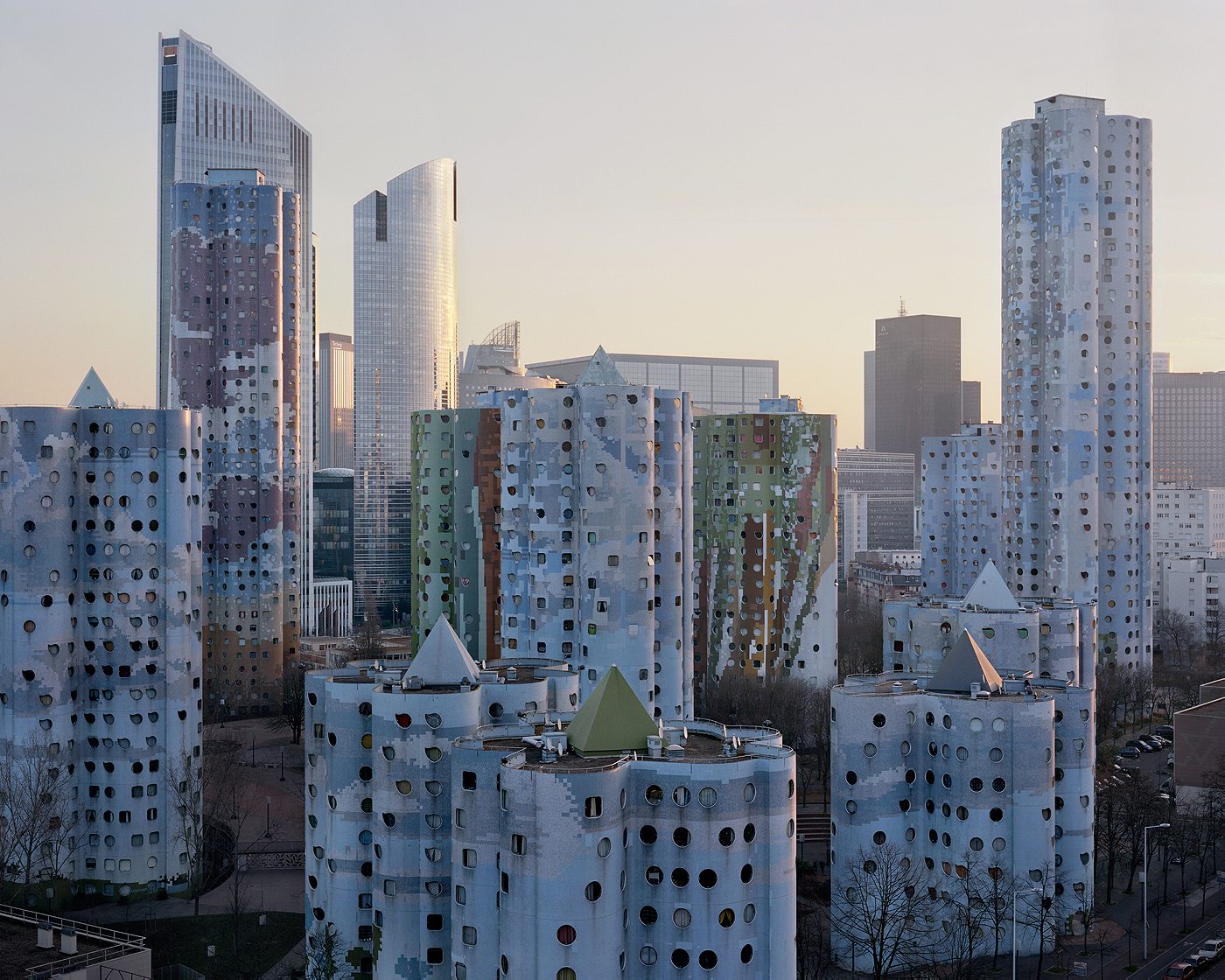
R&K: You talk a lot about being in their homes, yet there are few photos of interiors in the project.
Kronental: Yes, the generational contrast was more apparent outside. There is something incredibly brutal and poetic in this architecture, this concrete, these unbelievable shapes. You don’t know if they’re from the past or if they evoke a future. I did also shoot interiors, but I ended up not using the photos. There is only one now, and I don’t know if I’ll go back to that. There has already been a lot of that in the world of photography, and I didn’t feel like I was doing something new. In exterior shots, there is a sort of dehumanization caused by the hugeness of the buildings. In addition to that, I wanted to create a kind of parallel universe where our cities would be empty of their residents. So I took the photos very early in the morning, or in the evening, when there was no one else passing by. That definitely adds to the surreal aspect, and to the idea that they are the last survivors of a world.
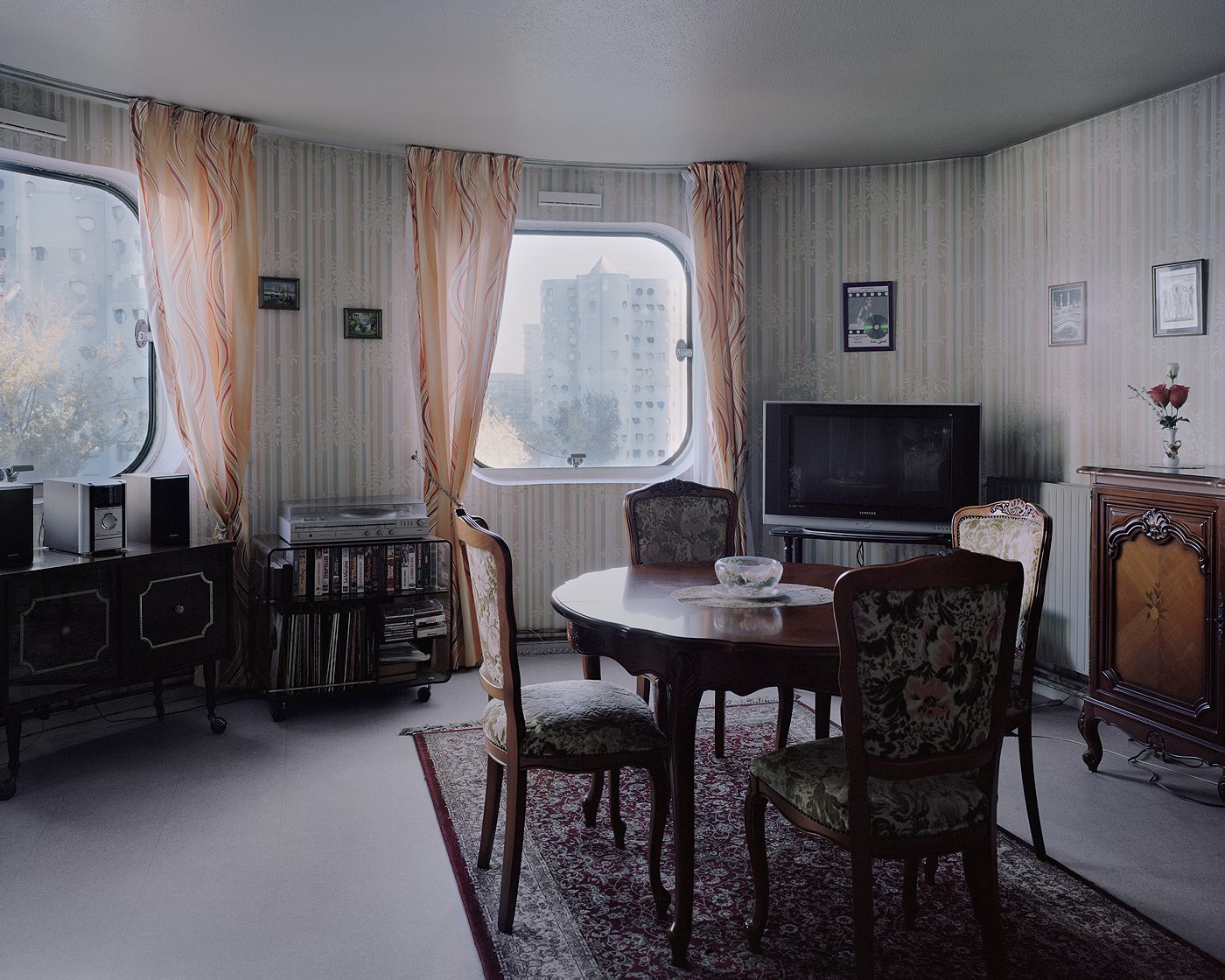
R&K: Being photographed can be quite an intimate experience, were your characters at ease with your camera?
Kronental: When the person is far away, which is the case with many photographs, I can’t talk to them. Generally, they don’t have cell phones, so I have an assistant that helps position them. When the person is closer, we talk about lots of different things, about their lives. That’s how I get this look in their eyes, where it seems that they’re looking inside themselves. It’s interesting because I filmed a couple of them, to keep a trace of the conversations, and one couple told me: “It’s funny, Laurent, that you’re interested in us. Because no one is interested in us.” That moved me a lot.

R&K: We often hear that these housing projects were failures. Do you agree?
Kronental: Many articles about “Souvenir d’un Futur” stated that these urban projects had failed. I don’t think that you can affirm that. For sure, this future that we had imagined at the time didn’t happen. The Grands Ensembles were very criticized as early as the 60s and the 70s, and then in the 80s we started destroying the first ones. At that time, we realized that there were things that weren’t working. They were isolated. But then in the 90s, we started taking into consideration the legacy of these places. You can’t just destroy and erase a part of history. There have been a number of rehabilitation programs in these places since, but there is a lot more work to do.
R&K: How did your characters talk about their neighborhoods? Were they proud? Did they even notice the architecture anymore?
Kronental: I think you always end up attaching yourself to your neighborhood. They do so even more than others, because as one man told me, he won’t be moving out. I was surprised that they didn’t see the contrast between their generation and the futurist architecture. Sometimes I would ask them: doesn’t it feel weird to live here? They would say no. They don’t have the same perspective of aging, but they were absolutely aware of the socio-economic problems in the neighborhoods.
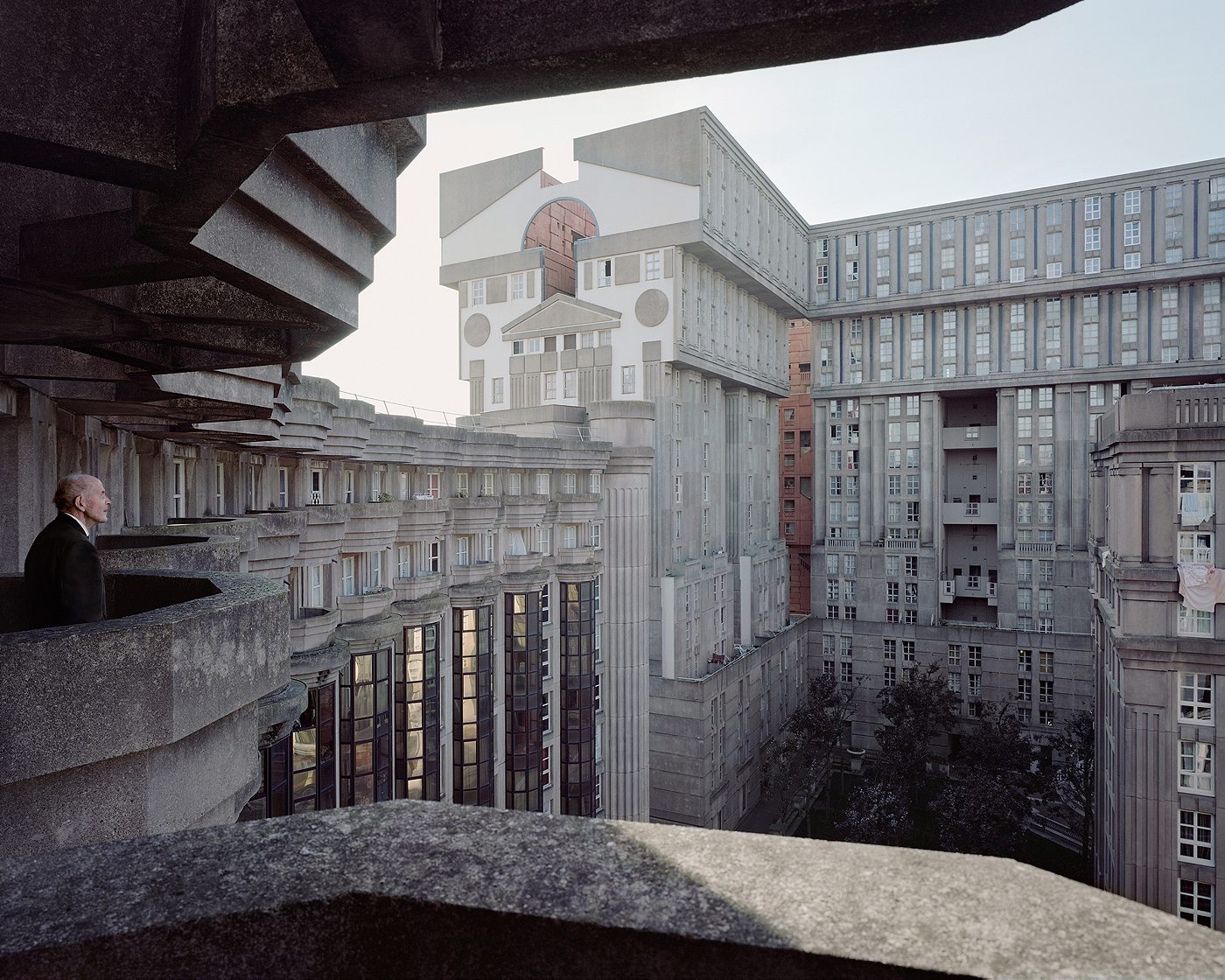
R&K: These neighborhood are usually portrayed negatively in the French and international media. Was it important for you to give them a completely different face?
Kronental: A lot of people actually don’t know these places. Many Parisians have asked me which country this was in. International magazines wrote about the project saying it showed “the hidden face of Paris.” It’s not exactly Paris, but it was interesting to see the excitement that it created when people discovered these neighborhoods. Then, further than that, a lot of people have told me it was relevant to portray differently these Grands Ensembles, which are often represented in the media for their social problems. So when I showed my pictures to the residents, they were very happy to see their neighborhoods presented in a new light. There was a lot of positive feedback. I see this series as a mix between documentary and fiction, in the sense that I consciously created an atmosphere. A future that we used to imagine.

“Souvenir d’un Futur” is on show at Circulation(s), a festival that promotes young European photographers, in Paris until the end of June.
This interview was translated from French.